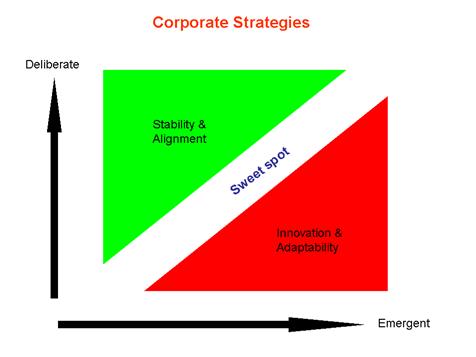Hi folks,
1959 was a pretty big year. Castro took over Cuba, the Dalai Lama had to flee Tibet, the Guggenheim opened in NYC, and Khrushchev threw a fit when he wasn’t allowed into Disneyland.

Also happening in 1959? Honda entered the US market by trying to sell motorcycles.
When Honda planned for their entry into the US market, they looked at the kinds of motorcycles Americans were riding – (relatively) big Harleys and Triumphs – and they tried to sell similar bikes. The problem was that Honda’s bikes weren’t adept at the sustained, high-speed kind of riding Americans did, and they frequently broke down. Honda was spending all its money shipping the bikes back to Japan for repairs. They were failing.
When an American Honda engineer took a Japanese market small motorcycle into the dirt hills of California to blow off some steam, his friends took notice and wanted the kind of bike he was riding – the kind of bike Honda assumed Americans wouldn’t want. Over time there was a groundswell of demand for these cheap, small bikes and Honda to start selling them to the public. Their strategy quickly shifted from emulating the existing market to responding to this new market demand.
What does this have to do with work?
- Honda’s initial plan was what’s called a deliberate strategy. It was planned in advance with clear objectives, assigned resources, and expected results.
- Honda’s new plan is a classic example of an emergent strategy. It’s a strategy that develops as a result to changing circumstances or sometimes one that develops when there was no initial strategy.

Most of what we do in my division is planned. At least my boss hopes it is. But when we go to execute these plans, we want to channel our inner Honda. We want to be aware of changes in our environment and respond in a way that best serves the organization. We want to be open to new and better opportunities as they arise. We want to be flexible. When the horse you’re riding dies, dismount.
Rex